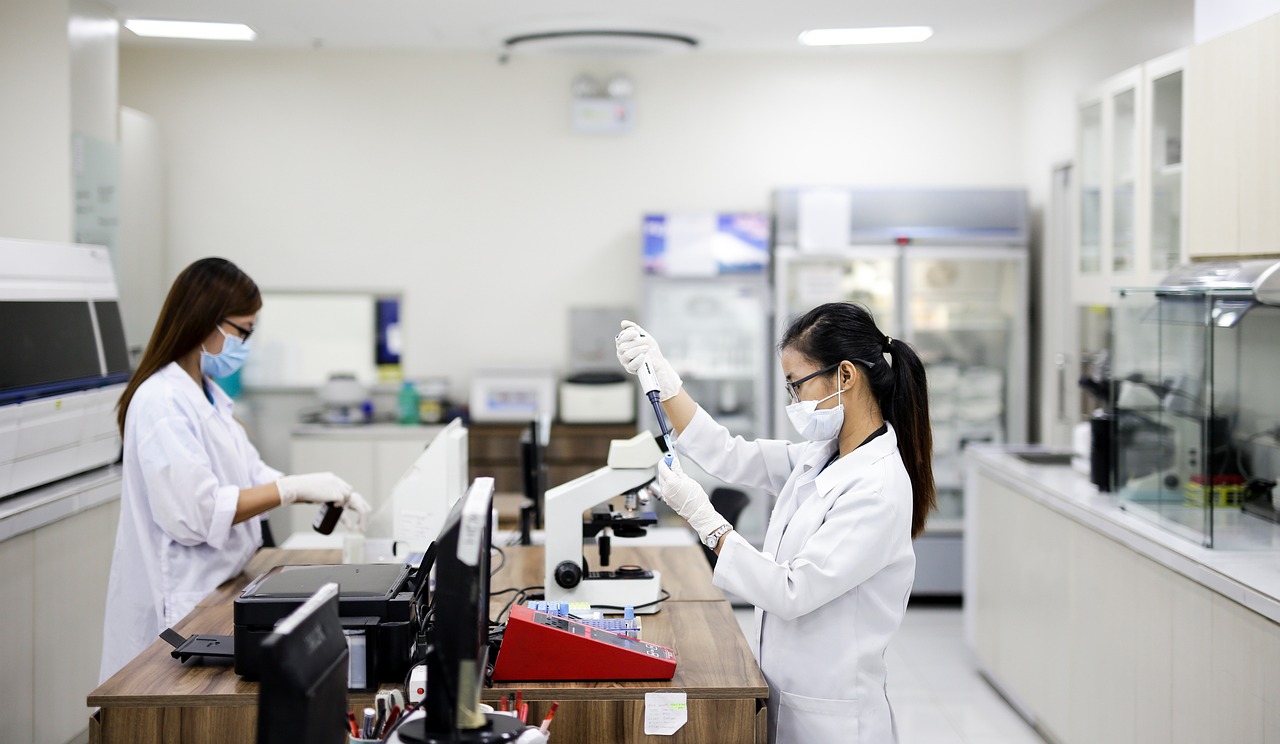Introduction
In the medical field, blood storage is essential for saving lives during emergencies, surgeries, and critical treatments. However, as the world faces increased pressure to mitigate climate change, the healthcare sector—including blood banks—must consider more sustainable practices. Blood banks rely heavily on refrigeration and storage technology to preserve blood at optimal temperatures, often for extended periods. This energy-intensive process contributes significantly to a facility’s carbon footprint. Reducing the environmental impact of blood banks is not only feasible but necessary. This article explores sustainable strategies for blood bank storage, focusing on energy efficiency and carbon footprint reduction, and highlights the role of specialized equipment, such as deep freezers for pharmaceutical applications, in achieving these goals.
The Environmental Impact of Traditional Blood Bank Storage
Blood banks typically rely on advanced refrigeration systems, including cold rooms, plasma freezers, and deep freezers, to store blood and its components like red blood cells, plasma, and platelets. These storage systems must maintain strict temperature ranges—between 1°C and 6°C for whole blood, and -18°C or colder for plasma and other derivatives. The challenge is that such stringent requirements demand constant, round-the-clock energy use, especially in hot climates where ambient temperatures can push refrigeration units to work harder.
Beyond the electricity required to maintain temperatures, traditional blood bank storage can have indirect environmental impacts, such as:
- Dependence on fossil fuels for electricity, especially in areas without renewable energy infrastructure.
- Use of refrigerants that may contribute to greenhouse gas emissions if improperly handled or disposed of.
- Significant maintenance and replacement needs for energy-intensive equipment, leading to increased resource consumption.
These factors make traditional blood bank storage methods unsustainable over the long term, particularly as the demand for blood storage grows worldwide.
Key Strategies for Reducing Energy Use in Blood Bank Storage
Reducing the energy footprint of blood bank storage requires a multi-pronged approach, involving upgrades to equipment, strategic use of resources, and possibly overhauling facility design. Below are some of the most effective strategies.
1. Upgrading to Energy-Efficient Equipment
One of the most impactful steps a blood bank can take is to invest in energy-efficient refrigeration units. Modern blood storage systems are now designed with energy-saving features such as:
- Variable speed compressors that adjust energy use based on cooling demand.
- Enhanced insulation materials to maintain internal temperatures with less energy.
- Eco-friendly refrigerants that have a lower global warming potential than traditional refrigerants.
When selecting energy-efficient models, it’s essential to consider equipment like deep freezers for pharmaceutical use, as they often come with advanced thermal insulation and energy-saving features that make them ideal for sustaining low temperatures with reduced electricity consumption.
2. Integrating Renewable Energy Sources
To make blood bank storage more sustainable, facilities should aim to power their operations using renewable energy sources. Installing solar panels or wind turbines, depending on the local climate and infrastructure, can help offset energy demands significantly. Solar energy is particularly well-suited for blood banks located in sunny regions, as photovoltaic systems can power critical refrigeration systems during peak daylight hours.
For facilities without direct access to renewable energy, partnering with local utility companies to purchase renewable energy credits can help reduce their reliance on fossil-fuel-based electricity.
3. Implementing Smart Temperature Monitoring Systems
Smart monitoring systems can help optimize blood storage energy use by maintaining accurate temperatures with minimal fluctuations. Internet of Things (IoT) technology can enable real-time temperature tracking, allowing facilities to adjust settings based on actual requirements rather than relying on constant maximum cooling.
Smart sensors connected to a central control system can also detect when a freezer door has been left open or if there are unexpected temperature changes. These features can alert staff to problems immediately, preventing energy waste and ensuring blood safety.
4. Optimizing Storage Practices to Reduce Waste
Energy efficiency in blood banks also involves optimizing the storage layout and procedures. This includes organizing stored blood and blood components by expiry date to reduce the frequency of freezer access and implementing strict door-opening policies to minimize temperature fluctuations. Some facilities have introduced compartmentalized storage within freezers, which allows staff to open smaller sections rather than the entire unit, further preserving internal temperatures and saving energy.
Additionally, blood banks can consider using smaller, decentralized units for lower-demand blood types or infrequently accessed samples, reserving large-scale storage only for high-demand resources.
Reducing Carbon Footprint in Blood Bank Storage
Energy efficiency is just one part of the sustainability equation. Reducing a blood bank’s overall carbon footprint requires taking broader measures to cut down on emissions and resource use.
1. Adopting Sustainable Building Design
For blood banks housed in older facilities, renovating the building itself can lead to substantial energy savings. High-efficiency lighting, optimized HVAC systems, and sustainable building materials help reduce overall energy needs. Designing with passive cooling and heating strategies, such as enhanced insulation and energy-efficient windows, can lower the facility’s dependency on air conditioning systems, freeing up energy for critical refrigeration.
2. Using Environmentally Friendly Refrigerants
Traditional refrigerants, like hydrofluorocarbons (HFCs), are potent greenhouse gases. When these refrigerants are released, whether from leaks, disposal, or other issues, they contribute significantly to climate change. Transitioning to eco-friendly refrigerants, such as natural refrigerants (e.g., ammonia, CO₂), can mitigate this risk.
Eco-friendly refrigerants are not only less harmful to the environment but are also often more efficient at maintaining stable temperatures. Many modern deep freezers for pharmaceutical applications already utilize these refrigerants, making them a good choice for sustainable blood storage.
3. Investing in Carbon Offsets and Reforestation Programs
While reducing direct energy use and emissions is crucial, blood banks can also invest in carbon offset programs to mitigate their remaining environmental impact. Carbon offsets, such as reforestation or renewable energy projects, compensate for emissions by funding initiatives that absorb or reduce greenhouse gases. This approach, combined with on-site sustainability measures, allows blood banks to achieve a more comprehensive reduction in their carbon footprint.
4. Exploring Alternative Storage Solutions
Long-term innovation in blood storage could also involve using alternative storage methods that do not rely solely on refrigeration. Research into shelf-stable blood products, freeze-dried plasma, and other techniques could one day reduce the need for energy-intensive storage entirely. These methods are still in experimental stages, but with continued development, they could revolutionize blood banking and eliminate a significant portion of the sector’s carbon footprint.
The Role of Pharmaceutical Deep Freezers in Sustainable Blood Storage
Deep freezers for pharmaceutical storage play an essential role in creating a more sustainable blood bank. These units are specially designed to meet strict temperature requirements while using energy-efficient technology. By incorporating these advanced freezers into their storage systems, blood banks can achieve stable, ultra-low temperatures with reduced power consumption. Many of these units come equipped with advanced thermal insulation, eco-friendly refrigerants, and smart monitoring capabilities, making them an excellent choice for facilities aiming to minimize energy use.
In addition, pharmaceutical-grade freezers are built for long-term durability and reliability, which reduces the need for frequent replacement and decreases waste over time. With the right deep freezers in place, blood banks can ensure the quality and safety of stored blood while supporting their broader sustainability goals.
Conclusion
Sustainable blood bank storage is not just a theoretical ideal; it’s an achievable and necessary goal. Through strategic investments in energy-efficient equipment, smart monitoring systems, and renewable energy, blood banks can significantly reduce their carbon footprint while maintaining the quality and safety of stored blood.
In particular, adopting deep freezers for pharmaceutical applications can offer a dual benefit of maintaining critical storage temperatures and reducing energy use. Alongside sustainable building designs, eco-friendly refrigerants, and innovative storage practices, these advancements in storage technology are reshaping the future of blood banking. As climate change and environmental concerns continue to grow, the healthcare sector—and blood banks specifically—must commit to sustainable practices that protect both human health and the planet.




